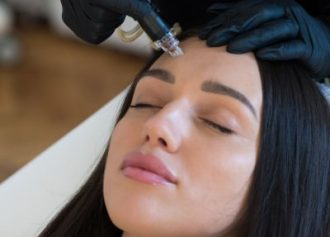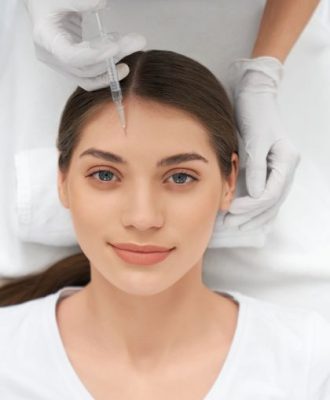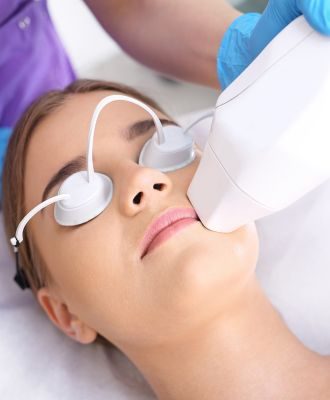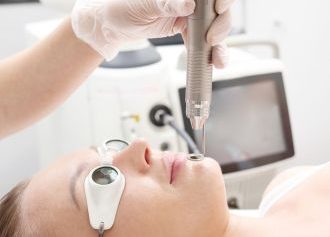
Vitiligo Treatment

Our Services
Vitiligo Treatment
At iderma, our professionals will assess your specific condition and develop a personalised treatment plan based on your needs and goals. We prioritise patient safety, comfort, and satisfaction, providing support and guidance throughout the vitiligo treatment process. It’s important to note that vitiligo treatment requires ongoing management and may require a combination of approaches to achieve the best results.
Our experienced team will work closely with you to determine the most suitable treatment options and help you manage your vitiligo effectively. If you’re seeking specialised care for vitiligo, schedule a consultation at “iderma” to explore our treatment options and embark on a journey towards improving the appearance of your skin and enhancing your self-confidence.

Types
Types of Vitiligo
- Generalized: This is the most common type of vitiligo that causes macules to appear in various places on your body.
- Segmental: This type only affects one side of your body or one area, such as your hands or face.
- Mucosal: Mucosal vitiligo affects mucous membranes of your mouth and/or genitals.
- Focal: Focal vitiligo is a rare type where the macules develop in a small area and don’t spread in a certain pattern within one to two years.
- Trichome: This type causes a bullseye with a white or colorless center, then an area of lighter pigmentation, and an area of your natural skin tone.
- Universal: This rare type of vitiligo causes more than 80% of your skin to not have pigment.




causes
Causes of Vitiligo
A lack of pigment in your skin (melanin) causes vitiligo. The reason why this happens is unknown. Research suggests vitiligo could be the result of:
- An autoimmune condition: Your immune system mistakes healthy cells (melanocytes) as foreign invaders like bacteria that can cause harm to your body. This makes your immune system overreact and develop antibodies to destroy your melanocytes.
- Genetic changes: A genetic mutation or a change to your body’s DNA can affect how your melanocytes function. There are over 30 genes that can increase your risk of developing vitiligo.
- Stress: The amount of pigment your melanocyte cells produce may change if you experience frequent emotional stress or physical stress on your body, especially after an injury.
- Environmental triggers: Factors like ultraviolet radiation and toxic chemical exposure can affect how your melanocyte cells function.

